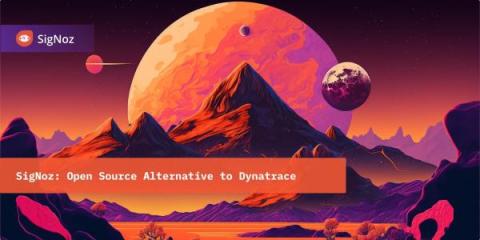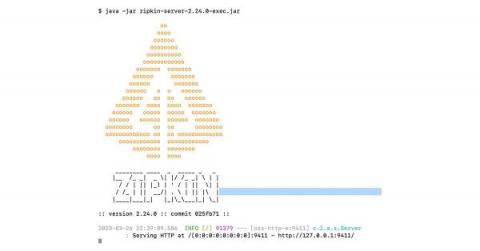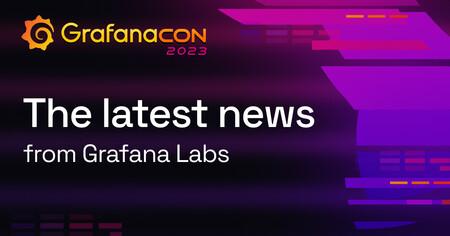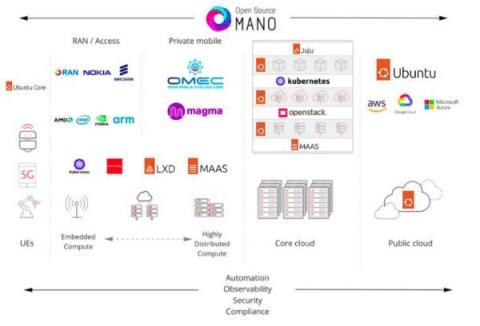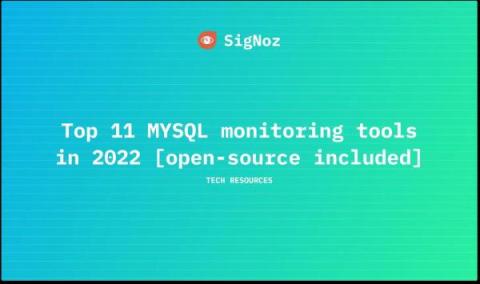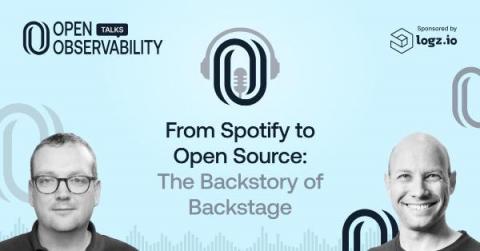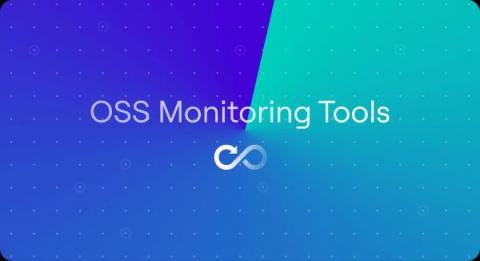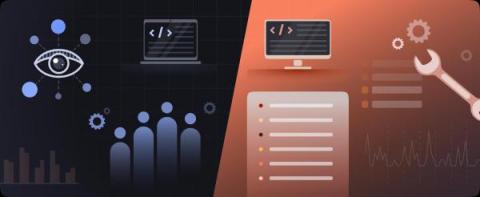Operations | Monitoring | ITSM | DevOps | Cloud
Latest News
Perform Distributed Tracing with Zipkin
Open source Zipkin offers a robust set of features that make it easier for developers to understand and optimize complex distributed systems. Distributed tracing is a technique you can use to trace and monitor requests propagating through a distributed system. It can work in environments where multiple services process a request, making it an essential tool for modern microservices architectures. Zipkin is an open source distributed tracing system for monitoring and troubleshooting complex systems.
Graphite vs Prometheus
Compare Graphite and Prometheus, two leading open-source monitoring solutions.
GrafanaCON 2023: A guide to all the big announcements from Grafana Labs
GrafanaCON 2023 marks a huge milestone: It’s the official release of Grafana 10 and also the kick-off to celebrating a decade of dashboarding with Grafana. The GrafanaCON 2023 opening keynote, delivered by Grafana Labs co-founders Raj Dutt, Torkel Ödegaard, and Anthony Wood, streamed live on June 13 from Stockholm, Sweden, the birthplace of Grafana.
Open Source Monitoring vs Proprietary Software
It’s easy to get pulled into paying more and more at a major monitoring company, despite not getting the functionality that you’re looking for. Leaving your monitoring provider can be difficult because it means replacing expensive software or hardware, re-educating your team, and transferring huge amounts of data to a new system - data that may or may not be well suited to the new system. Despite these issues, there are many reasons that motivate users to move to open source.
How telco companies can reduce 5G infrastructure costs with open source
5G has the potential to revolutionise the telecommunications industry, offering high speed and connectivity for a wide range of devices ranging from radio access networks (RAN), user equipment (UE), and core networks. However, the high costs associated with 5G infrastructure have been a significant blocker for adoption, hindering innovation and growth in this area. This blog discusses the primary challenges faced in the telecom industry and how open source technologies are helping to resolve them.
Top 11 MYSQL monitoring tools in 2023 [open-source included]
From Spotify to Open Source: The Backstory of Backstage
Technology juggernauts–despite their larger staffs and budgets–still face the “cognitive load” for DevOps that many organizations deal with day-to-day. That’s what led Spotify to build Backstage, which supports DevOps and platform engineering practices for the creation of developer portals.
Top 10 Open-Source Monitoring Tools for Modern DevOps Teams in 2023
In 2023, monitoring is essential to modern DevOps teams' work. DevOps teams need reliable and flexible tools to effectively monitor and manage complex systems that can provide real-time insights into system performance, availability, and security. Open-source monitoring tools have become increasingly popular due to their cost-effectiveness, flexibility, and community support.
Insights into Observability Tools: Commercial vs. Open-Source
Observability has become a critical aspect of modern software development and operations, allowing organizations to gain insights into the health and performance of their applications and systems. One of the key decisions when implementing observability is choosing between commercial or open-source tools. We spoke to several professionals who shared their experiences and insights on this topic, shedding light on the pros and cons of each approach.


